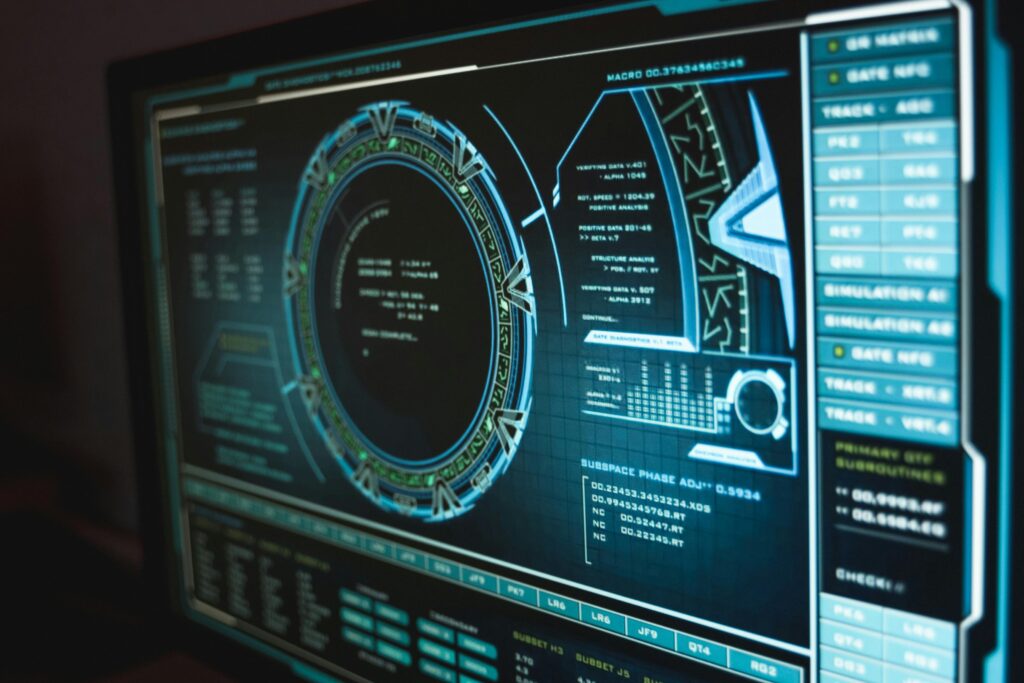In an increasingly interconnected world, the proliferation of cyber threats has made cyber security a paramount concern for organizations, governments, and individuals alike. As cyber threats evolve in complexity and scale, there is a growing need for advanced strategies to identify, understand, and mitigate these risks. One such strategy is Cyber Threat Intelligence (CTI), a crucial element in modern cyber security defenses. This article delves into the meaning of CTI and identifies its key concepts.

What is Cyber Threat Intelligence?
Cyber Threat Intelligence (CTI) refers to the collection, processing, and analysis of information about potential or current attacks that threaten an organization’s security. This intelligence is gathered from a variety of sources and is used to understand the tactics, techniques, and procedures (TTPs) of threat actors. The ultimate goal of CTI is to provide actionable insights that help organizations proactively defend against cyber threats, mitigate risks, and enhance their overall security posture.
Key Concepts of Cyber Threat Intelligence
- Data Collection and Sources
- Open-Source Intelligence (OSINT): Information gathered from publicly available sources such as news articles, blogs, social media, and forums.
- Human Intelligence (HUMINT): Information obtained through human interactions, such as insider reports or informants.
- Technical Intelligence (TECHINT): Data derived from the technical aspects of cyber operations, including malware analysis and network traffic monitoring.
- Closed-Source Intelligence: Information from private, often paid sources such as threat intelligence feeds provided by cybersecurity vendors.
- Tactics, Techniques, and Procedures (TTPs)
- TTPs refer to the behavior patterns of cyber adversaries. Understanding these patterns helps in predicting and identifying potential attacks.
- Tactics: The overarching methods employed by attackers to achieve their objectives.
- Techniques: The specific methods used to carry out tactics.
- Procedures: The detailed processes and sequences of actions undertaken by threat actors.
- Indicators of Compromise (IoCs)
- IoCs are pieces of forensic data that suggest a system has been or is being compromised. Examples include unusual network traffic patterns, malicious file signatures, and unexpected system behavior.
- IoCs serve as crucial clues in detecting and responding to cyber incidents.
- Threat Actors and Attribution
- Identifying the individuals, groups, or nation-states behind cyber attacks is essential for understanding motives and potential future threats.
- Attribution involves linking a specific threat actor to an attack based on evidence such as TTPs, IoCs, and other intelligence.
- Threat Intelligence Lifecycle
- The process of producing threat intelligence follows a structured lifecycle, often broken down into six phases: Direction, Collection, Processing, Analysis, Dissemination, and Feedback.
- Direction: Establishing the intelligence requirements and objectives.
- Collection: Gathering relevant data from various sources.
- Processing: Converting collected data into a usable format.
- Analysis: Interpreting processed data to produce actionable intelligence.
- Dissemination: Distributing the intelligence to stakeholders who need it.
- Feedback: Gathering input from stakeholders to refine future intelligence efforts.
- Strategic, Tactical, Operational, and Technical Intelligence
- Strategic Intelligence: Provides high-level insights into long-term threats, trends, and threat actor motivations. It is used by senior management to inform policy and investment decisions.
- Tactical Intelligence: Focuses on specific threats and attack vectors, often used by security teams to enhance defense mechanisms.
- Operational Intelligence: Involves real-time or near-real-time analysis of active threats and incidents, guiding immediate response actions.
- Technical Intelligence: Deals with the technical aspects of threats, such as malware signatures and exploit details, aiding in the detection and prevention of specific attacks.
- Automated Threat Intelligence Platforms
- The sheer volume of data in CTI necessitates the use of automated platforms that can aggregate, analyze, and disseminate intelligence efficiently.
- These platforms often leverage machine learning and artificial intelligence to identify patterns and anomalies indicative of potential threats.

The Significance of Cyber Threat Intelligence
CTI is invaluable in enabling organizations to move from reactive to proactive security postures. By understanding the threat landscape, organizations can anticipate attacks, prioritize vulnerabilities, and allocate resources more effectively. Furthermore, CTI fosters collaboration and information sharing across industries and sectors, enhancing collective defense mechanisms against cyber threats.
In conclusion, Cyber Threat Intelligence is a multifaceted discipline that plays a crucial role in modern cyber security strategies. By leveraging a wide array of data sources, understanding threat actor behavior, and following a structured intelligence life cycle, organizations can gain actionable insights that significantly bolster their defenses against the ever-evolving cyber threat landscape.





